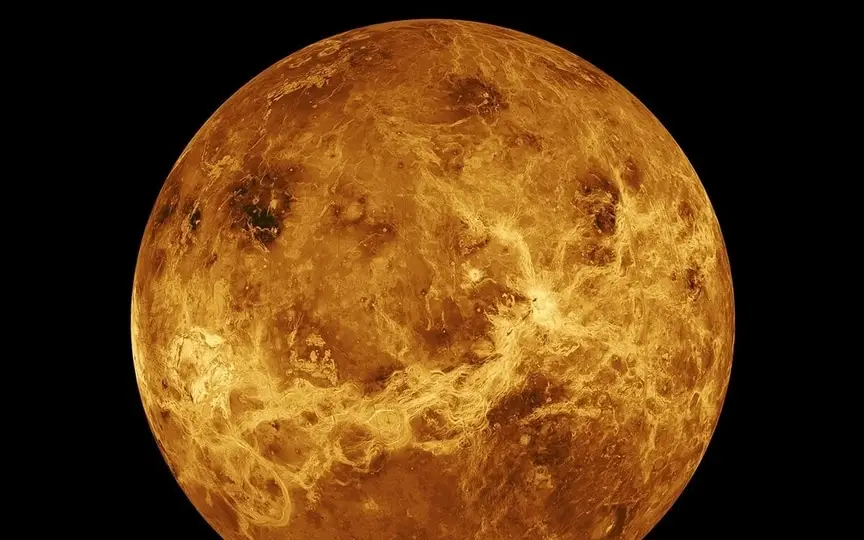Surprising Discovery: Venus is the Hottest Planet in the Solar System
Venus, often called Earth’s “sister planet” due to its comparable size and composition, surpasses all other planets in our solar system in terms of scorching temperatures. Remarkably, it even outshines Mercury, the planet closest to the Sun, making it the hottest planet in our cosmic vicinity.
Greenhouse effect on Venus
Venus’s bubbling heat is primarily due to its thick atmosphere, which is composed primarily of carbon dioxide. This atmosphere creates a greenhouse effect that traps heat, leading to a rapid increase in temperature. Surface temperatures on Venus can reach as high as 900 degrees Fahrenheit (475 degrees Celsius) — hotter than the surface of Mercury, even though it is closer to the Sun.
Clouds that reflect heat
The thick clouds that cover Venus also contribute to its intense heat. These clouds are composed of sulfuric acid and reflect a significant portion of sunlight back to the planet’s surface, further contributing to the accumulation of heat.
One of the most intriguing aspects of Venus’ extreme heat is that it defies the general pattern observed in the Solar System. Typically, as you move away from the sun, temperatures tend to drop. However, Venus manages to defy this trend thanks to its unique atmospheric composition.
The challenges of exploring Venus
The scorching conditions of Venus pose enormous challenges in the search. Numerous missions have been sent to explore this enigmatic planet, but few have survived the harsh environment for any length of time. The Soviet Union’s Venera landers and NASA’s Pioneer Venus mission provided valuable insights into the planet’s atmosphere and surface conditions, but the extreme heat and pressure make long-term exploration a formidable task.
Intriguingly, unlike its scorching surface, Venus does not hold the title of hottest planet in terms of overall temperature – core temperature. That honor belongs to Jupiter, the largest planet in the solar system. Despite being much further away from the Sun, Jupiter’s massive size allows it to generate its own heat through a combination of gravitational compression and residual heat from its formation.
In short, while Venus may not be the closest planet to the Sun, its thick atmosphere and runaway greenhouse effect make it the hottest, with temperatures that can easily melt lead or even liquefy rocks. Understanding the mechanisms behind Venus’ extreme heat provides valuable insights into the complex interactions between planetary atmospheres and their host stars.




